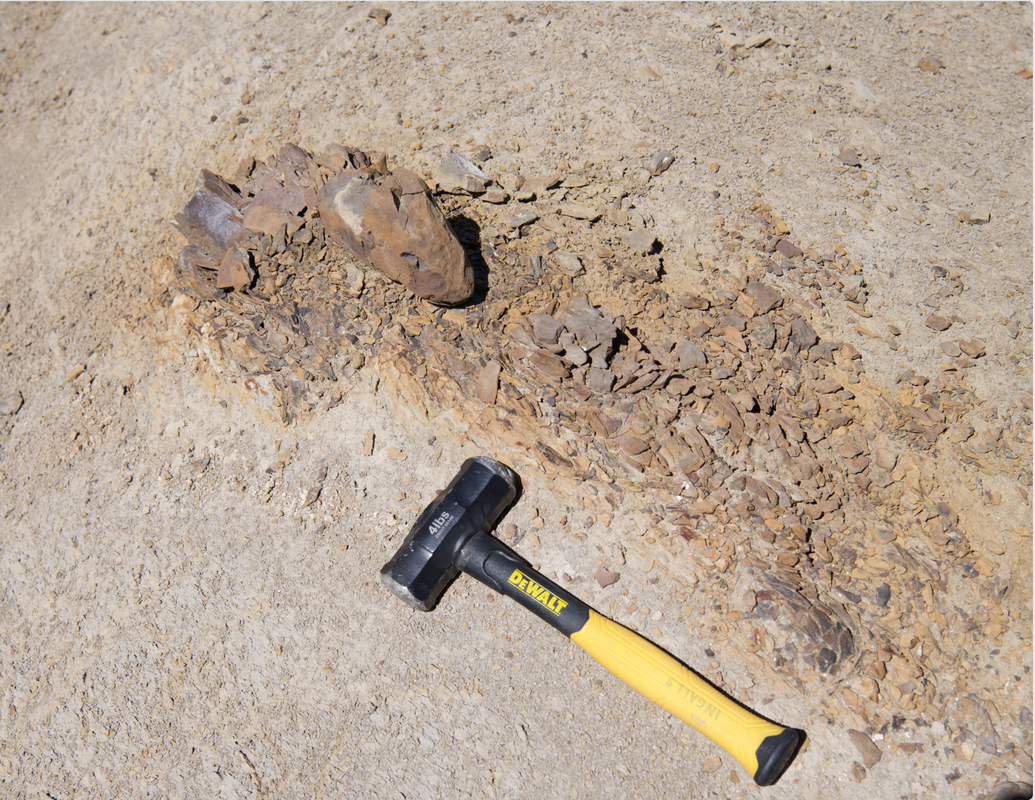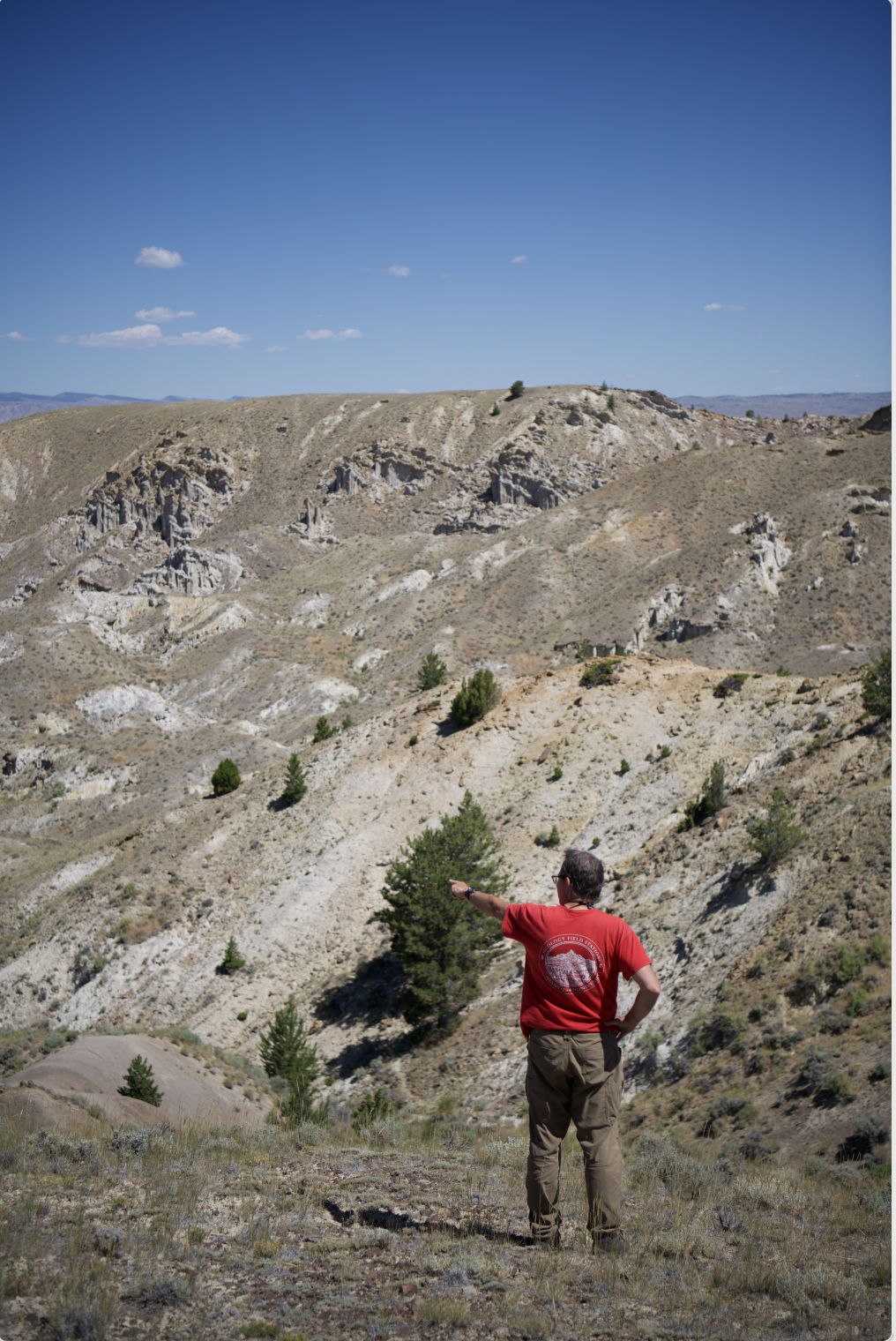|
2/12/2024 CAREER award to reconstruct the coevolution of Earth's phosphorus cycle and eukaryotic lifeRead NowWOOOOO!! Miquela's NSF CAREER proposal, "CAREER: Understanding biosphere-geosphere coevolution through carbonate-associated phosphate, community archives, and open-access education in rural schools", was fully funded! This award will support two graduate students, six undergraduate students, and several local high school teachers in Central Pennsylvania to reconstruct the evolution of the global P cycle through the Proterozoic and develop Earth history curricula for rural high schools. The full description can be found here.
0 Comments
Miquela was named the 2023 James Lee Wilson awardee for excellence in sedimentary geology by an early career geoscientist, adding to her affinity of awards endowed by the Wilsons of geology's yesteryear. All of the 2023 SEPM Science Award Winners can be found here: www.sepm.org/2024awardees
New PhD student, Cole Stern, was chosen for the highest honor for incoming graduate students at Penn State: the University Graduate Fellowship. Read more here: https://www.psu.edu/news/graduate-school/story/114-graduate-students-recognized-university-fellowships/
Hanna Leapaldt's proposal "Identifying the fingerprint of microbial autotrophy on magnesium carbonate" was selected for funding by NASA's Future Investigators in Earth and Space Science and Technology fellowship program! Hanna will officially be a NASA fellow 2023-2026. Congrats, Hanna!!
5/1/2023 New paper out on clumped isotope systematics of hydrated carbonate transformationsRead NowCongratulations to friend-of-the-group, Eva Scheller, on FINALLY seeing one of her first PhD projects at Caltech out in the light of day many years later!!! Eva and I worked on these ikaite transformation experiments her first two years at Caltech. She's now a postdoc at MIT. Science, folks. It takes time, particularly in a pandemic!
Here is the link: https://www.sciencedirect.com/science/article/pii/S001670372300193X#f0015 Reach out if you do not have access and would like a copy :) Starting this summer we will have two new group members! Cole Stern, hailing from Ogden, Utah, will be joining us as a PhD student and University Graduate Fellow (so fancy). Cole is deeply interested in deep time. Cole will work on questions related to the role of phosphate in early Earth biogeochemistry and microbial evolution!
Dr. Ellen Olsen will be joining us as a postdoc and lab manager starting in August. Ellen recently defended her dissertation on stable isotope systematics of calcite at the University of Oregon. Ellen will be steering the 253+/IBEX ship while also working on our recently funded NSF project on clumped isotope kinetics of abiotic terrestrial carbonates. Congratulations to Hanna Leapaldt on receiving the Jack Hess Karst Research Award from the Geological Society of America! The Hess Fund supports student research involving any aspect of cave and karst studies aimed at providing improved understanding of how caves and karst work, including how these resources can be better managed.
Hanna also recently received a fellowship from the Biogeochemistry Dual Title program for the 2022-23 year. Congrats, Hanna! Ran, Miquela, and collaborator Brian Currie spent a week in the Wind River Basin, Wyoming to collect Paleocene Fort Union siderite nodules in outcrop. This sampling was a part of Ran's work understanding the impact of shallow, low-temperature diagenesis via meteoric water on iron carbonates. Ran will combine petrographic observations and stable isotopic compositions (C, O and ∆47) to reconstruct the diagenetic history of the outcrop siderites, and compare them to our cores of the same strata to investigate meteoric versus deep burial alteration.
Big congratulations to Hanna on defending her masters thesis, Seasonal lacustrine carbonate early diagenesis via in situ microbial metabolisms in Green Lake, New York! Hanna will be staying on in the Ingalls Lab as a PhD student starting this fall (after a wild summer of field work!!).
|



 RSS Feed
RSS Feed